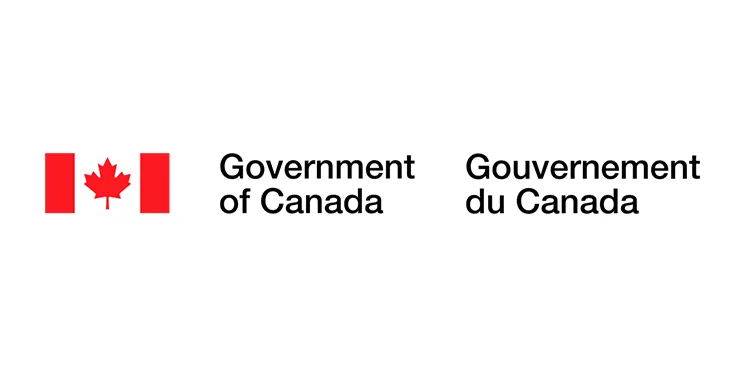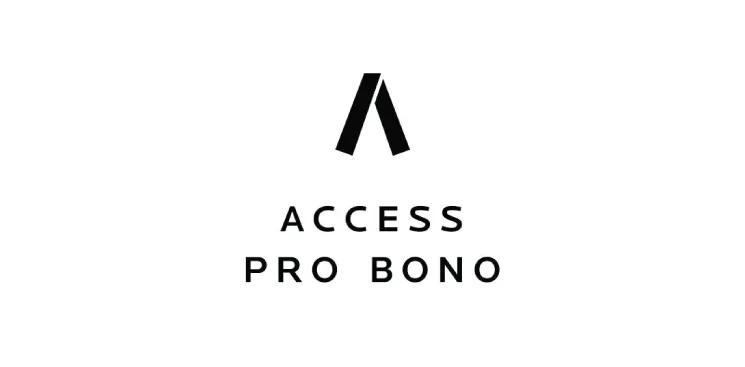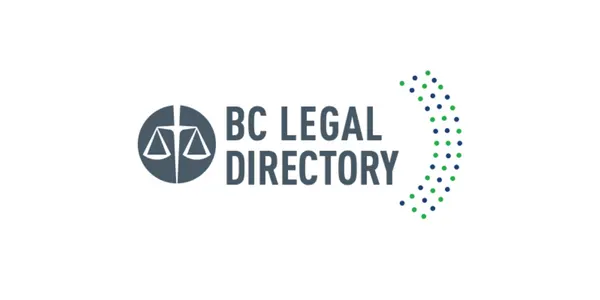
I hired a software developer to make my app. Now that they’re done their work and I’ve paid them, I own the rights to this software. Correct?
Intellectual property, or IP, refers to intangible assets — those that have no physical presence. Unlike tangible assets — cash, inventory, a building — IP is abstract, so it’s hard to quantify. It’s more about protecting certain rights to a thing than the thing itself. But in our increasingly digital world, a small business’ intellectual property is often among its most valuable assets. Learn about the different categories of IP and how to best safeguard your legal rights.
What you should know
For a small business, understanding IP rights isn’t just about knowing the difference between, say, copyrights and trademarks. It’s about having a strategy for what intellectual property is worth protecting and why. Let’s start with a quick overview.
| IP type | What it protects | What it costs | Risks of not paying attention to this |
|---|---|---|---|
| Trademark | A business name and logo | A few hundred dollars to register, and annual fees. | Other businesses might use your name or a similar one to steal your business. You could end up using a protected name and get sued. |
| Copyright | Any creative content, like a logo, article, song, or work of art | Very little. Copyrights aren’t typically registered. | Others can make money or advertise using your work. If you use, or it even seems like you’re using, someone else’s copyrights, they could sue you. |
| Patent | An exclusive right to a machine or process | Many thousands of dollars. You’ll probably need legal advice. | If you create an innovative process, being the exclusive owner and user of it can be very valuable. You can’t just copy another process or machine and make money off of it. There’s a risk the patent owner can sue. |
| Trade secret | A formula or process that only you know | There’s no formal legal protection; just keep your secret safe! | Can be costly to protect a secret; you might need contracts that force folks to keep their lips sealed. But unlike patents, which require you to disclose how your machine or process works, you can keep your “secret sauce” secret forever and make money off of it. A famous trade secret is the Coca-Cola recipe. |
Spending time and money on protecting your intellectual property may not seem worthwhile when you start out. But a successful business might only thrive long-term if you protected your IP back when nobody knew about you. Conversely, if you steal someone else’s intellectual property, and your business takes off, that’s when the risk of getting sued is highest.
Some businesses are IP-heavy, like tech companies with complex code or algorithms, or engineering companies with novel mechanical processes. Others aren’t. For now, think about your small business (or your small business idea if you haven’t quite gotten started yet):
What types of IP will I have?
Will my business rely on having a unique way to do things, or am I going to get customers through building up a brand and quality service?
Can I set aside money to properly protect my IP?
Can I set aside time to make sure nobody’s infringing on or stealing my IP?
Do my small business contracts (with suppliers, employees or other contractors) address IP rights and adequately protect me?
In the next sections, we’ll dive deeper into each type of IP and how they might apply to your small business.
What is it?
Let’s start with copyrights, possibly the easiest IP concept to grasp. The moment an original work is created, a copyright for that work is created too. A work can be almost anything — a book, a photo, a logo, a song. Copyrights typically don’t have to be formally registered, either, to gain legal protection (unlike a patent). The legal goal here is that the holder of a copyright is allowed to use (and profit) from it.
Now, this doesn’t mean that the creator of a work is automatically the owner of the copyright. People are often hired to do creative work, and then it’s the client who owns the copyright. And not all copyrights have value, especially out of context: a photo posted to a social media account with a handful of followers likely has next to no value; but one posted by a celebrity might get shared so widely that everyone can recognize it, which could make it very valuable as a marketing asset.
How do you use it?
It depends on the type of small business. If you’re a writer or graphic designer, you’re pretty much selling copyrighted works to make a living. You might want to retain ownership of your works and just sell licences to use them. If you’re a coffee shop or hairstylist, you might buy copyrighted assets (like a logo or blog post) to promote your business.
“I opened a small fast food restaurant in a busy part of town. It’s a total hit. There isn’t much food like it in the area, so we’ve carved out quite the niche. I just found out that another similar restaurant opened nearby, and they’re using a name and logo that sounds and looks a lot like ours. Customers have even mentioned to me that they’re really excited about our second location! I’m not sure how I should approach this with the other restaurant owner.”
– Fernando, Vancouver, BC

What is it?
A trademark is something that identifies your business. Typically, it’s a name, a logo, or a slogan. Businesses use trademarks to visually reinforce that customers can trust their brand. The legal goal of a trademark is to ensure that customers don’t get confused — if a business steals a trademark, they might end up stealing another business’s loyal customers too.
As with copyright, you don’t have to register a trademark. But a registry exists, and you’re better off registering them. It makes it easier to prove that you’re the owner.
Trademarks need to be descriptive. As in, they can’t just be generic terms. For example, you could trademark “John’s Accounting Firm”, but not just “Accounting Firm”. Although you might be able to trademark a unique logo or design of a generic name or phrase.
Fun fact: if a trademarked name becomes too well known, it no longer benefits from trademark protection. Examples of “genericized” trademarks might be Jeep, Jell-O, Kleenex, or Frisbee. These products are so universal that a consumer identifies an entire product category entirely with that name, making the trademark useless. The perils of success!
How do you use it?
Here’s an example. Say a new beverage start-up calls itself “Moca Cola.” They use red cans. They create their own logos from scratch (so no copyright issues). Here, the casual consumer might grab a Moca Cola from a shop simply because it’s red and sounds like “Coca Cola.” That’s likely trademark infringement, and you can imagine Moca Cola will be hearing from Coca Cola’s lawyers.
But we get it, not every business is Coca-Cola. How do you know if it’s worth it to protect and enforce your trademarks? Think about your line of business. If it’s a coffee shop or lunch spot, there’s a lot of competition out there. Your brand should be synonymous with quality — just seeing your name or logo should convince a potential or return customer to buy something at your shop. If you’re one of hundreds selling a generic set of discount bluetooth headphones online, though, your brand name might not really matter.
What is it?
In exchange for disclosing how an invention or process works, with a patent you get to be the only person or company that can use it for a limited period of time (in Canada, 20 years). You’re basically being rewarded for your innovation by getting the first crack at monetizing an invention.
Patents are more common in the industrial and pharmaceutical world — machines or formulas make up the bulk of patents — but they do exist in the tech space as well. Sometimes you can just patent an improvement to an already patented product, like a new button or lever. There’s specific criteria to what can be patented: basically, it has to be new, inventive, useful, and not already covered by another patented invention.
Patents are expensive. The criteria for whether you can even get one, along with what you have to include in the application, is not straightforward. You’ll typically need a lawyer to file a patent application, which can run into the tens of thousands.
How do you use it?
Self-explanatory here: you get exclusive use and access to the inventions or improvements covered by your patent. In fact, you don’t even have to physically use it over those 20 years: many patent owners license their inventions to companies with production capacity.
Protect your IP rights
Make sure you have a written services contract with your clients that specifies who owns what. At the very least, any ownership should only pass to your clients once they pay you in full. And next, it could be smart to only grant your clients a licence to use your copyright (rather than full ownership).
As an independent contractor, you might have more bargaining power to keep some ownership rights of the things you make for clients. Just make sure you spell it out in writing in your contract (see above). Employees at companies typically won’t be able to do this, but typically it’s only for stuff you make on the job, or with company equipment. Check your employment contract. (Oh, and feel free to learn more about the difference between contractor and employee.)
If your business sells copyrights entirely online (let’s say you sell stock images or graphics), again, make it clear what your customers are buying. It could be a limited licence that allows you to sell your copyrighted works over and over again. A small business lawyer can guide you in the right direction here.
Monitor your competition, especially in your local area. Showcasing your work online is a great way to get clients. Make sure your competitors aren’t taking your images and passing them off as your own. Check out this sample “take down notice” which you can send to make sure folks don’t use your copyrights.
Recognize that you might not be able to prevent everyone from using your copyrighted works without permission, especially if they operate overseas. IP enforcement is different from country to country. Building a solid and trustworthy brand is often as or more important to business success than enforcing your copyrights.
“I was on a shoestring budget when I started my cabinet-painting business. I couldn’t hire a designer or photographer to make a good website, so I just pulled something together on my own using some images I found online. Eighteen months later we’re now finally breaking even! But recently I got a letter from a law firm saying I’ve infringed someone’s copyrights to their photos (the ones I used on my site). They’re demanding I take them down and pay thousands of dollars in compensation, or they’ll sue me. Dealing with this has been incredibly stressful.”
– Gerry, Abbostford, BC

Understand the ownership rights to the works you’re commissioning. Small businesses buy lots of copyrighted works, from a graphic designer doing your logo to a software developer building your website or app. The more important or expensive the work, the more likely you’ll want full ownership (or as close to it as possible). Have a look at the intellectual property section of this sample contract for an example of full ownership transfer.
If you have employees, make sure all work they do on the job is owned by your company. Check out our page on written contracts you need for your small business for more guidance.
Resist the temptation to “steal” images or articles. Take the example of a new resort that offers camping and cabins. They can’t afford a photographer. So they Google “glamping” and save a few images they find online and put them on their site. Who will ever know, right? That’s risky. Some copyright owners own thousands or even millions of stock photos online and employ people to scan the web to make sure nobody is infringing on their rights. You might end up with a letter from a lawyer asking you to take down the image, or worse, a threat to sue you for not paying for a copyrighted work.
Look up what’s trademarked already. You can search Canada’s trademark database. Spending an hour or two here can let you know what’s already been protected — from names to designs. It could save you a ton of time before you decide what you want to call yourself.
Consider a federal incorporation of your business. Many small businesses should consider incorporating. We’ve got details on that for a BC-based incorporation. But if you incorporate federally, you’ll have the right to use your corporate name across the country (the incorporation process makes sure you aren’t choosing something that’s already in use). This can give you a head start on your trademark strategy.
File your trademarks. The process here is generally straightforward (as in, you can do it yourself online). Trademark registrations cost a few hundred dollars, and you have to renew them every so often. If your business operates outside of Canada, you might need to register trademarks in other jurisdictions.
Use your trademarked name! Put your name on your letterhead, your signage, and on your website. The more you use it, the more recognizable it becomes. And if you haven’t formally registered your trademarks, just using them might help to establish a claim that you have a trademark.
Monitor your competitors. Make sure nobody in your domain is using your name. Also, make sure nobody in your domain is using a name, font, logo, or design that’s similar enough to yours that it might confuse your customers. If you see this happening, consider addressing it directly with that competitor in person or in writing, asking them to take it down. If they don't, you can move on to file a formal legal claim.
Before you consider a patent, remember, you can just keep it as a trade secret. That might work best if the “how-to” of your process or invention is something that can’t be easily reverse-engineered (like the Coca Cola recipe, which is just a trade secret). Also, trade secrets are free; you don’t have to formally register them.
But back to patents. You can get a patent on your own, but it will require patience and savvy. Check out the Canadian government primer on this for more details. The advice of a professional is advisable.
It takes a long time until a patent is granted. In the interim, you may get to a “patent pending” stage, where you would benefit from the protection of patent law before your full patent is granted.
Who can help

Canadian Intellectual Property Office
Offers information and registration services for intellectual property.

Lawyer Referral Service
Helps you connect with a lawyer for a complimentary 15-minute consult to see if you want to hire them.

BC Legal Directory
Search for a lawyer by community or legal issue. From the Canadian Bar Association, BC Branch.

